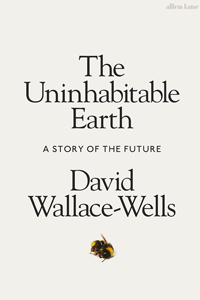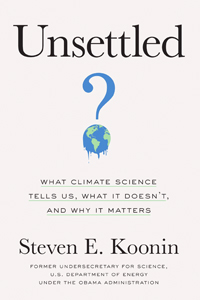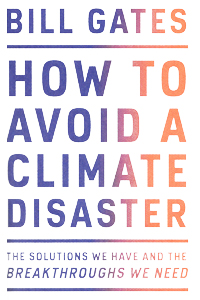Seventy-four-year-old Ap Trongchu squints into the morning glare as his yaks graze on the mountain slope. The grizzled herder’s gho, the traditional knee-length robe worn by Bhutanese men, peeks out from under the extra layers of fleece he’s added to protect against the biting wind. Here in Bhutan’s Jigme Singye Wangchuck National Park, climate change has forced pastoralists like Trongchu to adapt by guiding their herds to ever-higher altitudes. And yet, despite the many challenges, Trongchu is optimistic about the future.
“I feel blessed,” he says. “We’ve replaced the wooden shingles on herders’ huts with more durable roofing materials and installed pipes for easier access to drinking water. These improvements make our lives more comfortable when we have to migrate our herds to grazing ranges that are often more than 12,000 feet above sea level.”
It was a program called Bhutan for Life, which launched in 2018, that made those improvements possible. Bhutan for Life is an innovative funding initiative that aims to permanently protect the nation’s 5 million-acre network of protected areas and biological corridors; it is also the first such project in all of Asia. The approach used in Bhutan—as well as Brazil and Peru—has proven to be such a success that WWF has now partnered with several other groups to help governments replicate it in other areas around the world.
The groundbreaking new partnership, called Enduring Earth, aims to secure permanent protected status for over 2 million square miles of land, freshwater, and ocean habitats—a portion of the Earth’s surface roughly equivalent to three times the size of Mexico—and to do so in a way that secures the clear consent of the Indigenous peoples who live on and rightfully manage many of those spaces.
In the process, the hope is to conserve vital ecosystems and iconic species, reduce harmful greenhouse gas emissions, and deliver lasting benefits to Indigenous peoples and local communities in some of the most ecologically important places in the world. And the partnership comes at a critical time…






